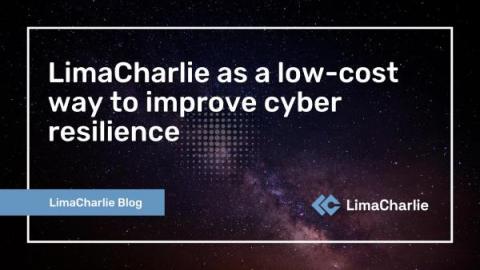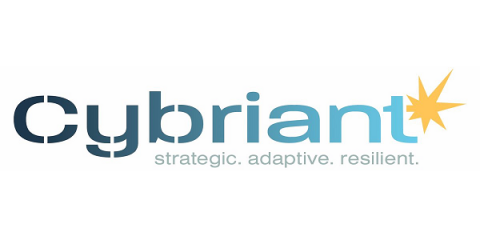Security | Threat Detection | Cyberattacks | DevSecOps | Compliance
Incident Response
Seamless Response to Ransomware and a Cyber Resilience Upgrade
A major logistics company was hit by a ransomware attack at a time when it was reviewing and upgrading its cybersecurity defense. Kroll provided seamless incident response to enable the company to act quickly to mitigate and minimize the damage caused by the attack. The company also deployed Kroll Responder, Kroll’s award-winning Managed Detection and Response (MDR) solution, giving it comprehensive 24/7 visibility and management of threats and enhancing its long-term cyber resilience.
Insights from an external incident response team: Strategies to reduce the impact of cybersecurity attacks
"Why are you here if you cannot decrypt our data?" This is how people sometimes react to the arrival of the external incident response team. In this article, I will try to answer this question, but at the same time, I am going to describe the stages of incident response, list the main mistakes that play into the hands of hackers, and give basic advice on how to respond.
5 Steps to Improve Your Cyber Attack Response
Why Your SOC Needs Automated Incident Response
Automated incident response can help security teams identify and respond to cyber threats faster. When a breach happens, delays equal costs. Today, a cyber attack happens every 39 seconds, and the global average total cost of a data breach is the highest it’s been in 17 years. In this environment, a low response time is crucial to reducing cyber risk.
Computer Security Incident Response Teams: CSIRT Models, Skills & Best Practices
LimaCharlie as a low-cost way to improve cyber resilience
Organizations know that they need to become more cyber resilient, and are asking MSSPs and enterprise security teams to help. But in a time of economic uncertainty and shrinking budgets, the goal of cyber resilience is often at odds with what management is prepared to invest. The good news is that LimaCharlie can be used to help security professionals improve cyber resilience—with a level of control and at a cost efficiency unparalleled industrywide.
Stories from the SOC - The case for human response actions
As we move towards more automation, we should remember the risk of over-automating, or at least make a conscious decision to accept the risks. This is especially important in automating response actions, which left unchecked could wreak havoc with day-to-day business operations.
The Masterclass Series - Career Development & Incident Response
What Can Managed Detection and Response (MDR) Do for Businesses
Businesses should make cyber security a top priority. Learn what managed detection and response (MDR) can do for your business.










